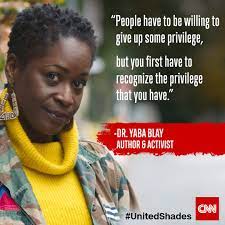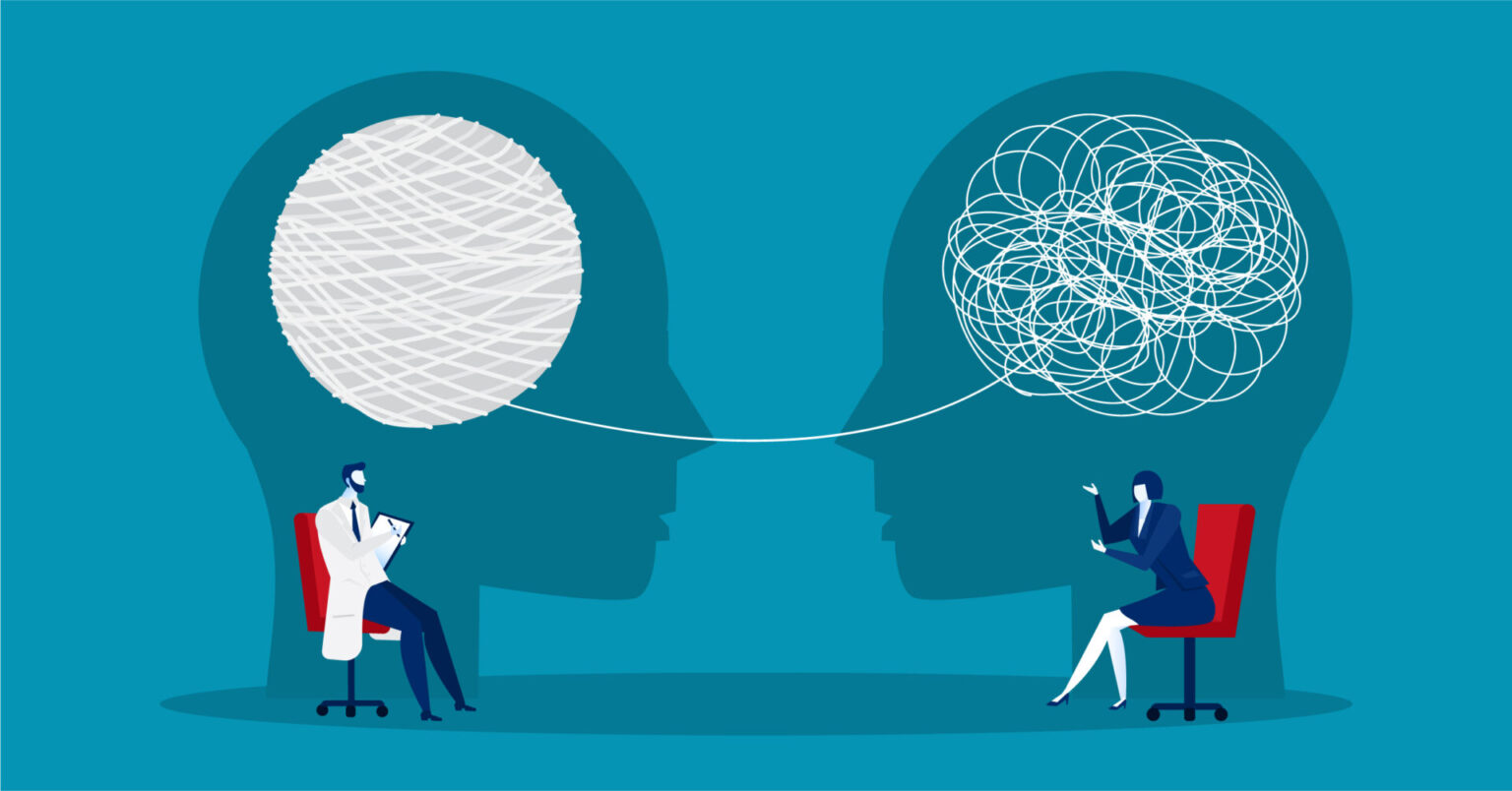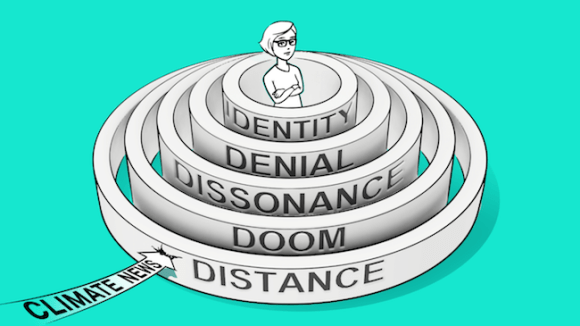On the 17th of October around 19:00 in Gaza City, a local hospital al-Ahli Hospital had been struck that caused a blast that would kill hundreds of civilians (Reuters, 2023). This goes against several of the Geneva Convention Articles, all that discuss the protection of citizens, hospital and safety zones, as well as hospital staff and patients (American Red Cross, 2011). The ongoing conflict in Gaza has come full center as an attack from the organization Hamas had caused the death of around 1400 Israelis (BBC News, 2023). Following this attack, IDF have been barraging Gaza City, targeting as many believed Hamas outposts as is known (BBC News, 2023). These IDF air strikes have caused the death of numerous amounts of civilian casualties including multiple healthcare workers and UN colleagues (Shamdasani, 2023). This most recent attack has had major conflicting reports on who was responsible for the al-Ahli Hospital attack, with both the IDF and Israeli government, as well as leaders of Hamas and Islamic Jihad claiming that the others are responsible for the attack. The coverage of the event, and other events that have been taken place continue to dismiss the reality of the situation; civilians are being killed under the guise of warring against terrorism, a very familiar practice that has been going on for over several decades (Jaffee, 2016, p. 490).
But how is the media presenting these incidents? Comparing the least biased sources with sources with a left or right biased source there are some considerable differences. American media outlets are either outwardly supporting Israel like Fox News or are keeping a more “both sides are bad” approach like CNN (Herb, 2023; Richard et al., 2023). Reuters, one of the least biased resources has been giving basic facts without going into detail or referencing potential opinionated material, which is good, but it fails to include viewpoints from different angles and waters down the conflict (Al-Mughrabi, 2023). Compare this to how international news has been discussing the conflict in a more center left to left aspect. Al Jazeera, while not the most reliable source, is very pro-Palestine and has not been holding back on presenting all information that puts the IDF and Israel in the negative light (Al Jazeera, 2023). One thing similar among the left sources is the general supporting of Palestine. This does not mean that they are supporting Hamas or Islamic Jihad, but rather the Palestinian people who are stuck in between this conflict (Ganguly et al., 2023). Unfortunately, all that most sources have been discussing is who’s in the wrong, and not enough on the people impacted.
Mainstream news outlets continue to issue frames and appeal to the specifics of this conflict, without disseminating the nitty gritty of what is happening. When they discuss killing and destroying, they discuss it in a somewhat desensitized way, believing that these things are “just what happens”. Throughout the imagery surrounding the Global War on Terrorism, death and destruction was so mainstreamed and apparent that thinking of Iraq and Afghanistan as anything other than a wasteland felt unreal (Achter, 2016, pp. 1-2). With a westernized focus on the conflict in Palestine, westerners are coming face to face with the realities of the situation, and its comparative situations witnessed for two decades. To think of a military force as doing anything but issuing “justice” to the enemy is foreign. Seeing the IDF airstrike potential Hamas and Islamic Jihad areas reminds the western viewer of how we targeted terrorist organizations as well and decimated them. Regardless of the civilian lives taken, the US was never in the wrong for the average “Patriot” (Achter, 2016, pp. 4-5). Now, without engaging in large western media outlets, the viewer/reader must look at the travesties occurring upon the civilian population. The sources of media that many people get their information from come from Instagram and TikTok. Raw, unedited, real-time footage from the airstrikes is being shown globally. There is no narrative, no headline, no bias, just raw, uninhibited carnage. These are no longer terrorists and enemies. These are women, children, the average person, engaged in the worst times of their lives.
We had the luxury of disengaging with the Global War on Terror if you didn’t serve in the wars (Achter, 2016, pp. 1-2). We were able to play video games where anyone who spoke Arabic was an enemy to kill (Mirrlees & Ibaid, 2021, pp. 38-39). Where anti-westernization was paramount, and where hating errorism reigned, where only weaponized democracy could save them. For years media has been desensitizing violence towards Arabs and Muslims (Mirrlees & Ibaid, 2021, p. 35). In hopes that these same attitudes would be had towards Palestinians by heightening Hamas and Islamic Jihad in place of the citizens of Palestine, an extensive campaign to support and uplift Israel has been had. What occurred in Israel was a travesty, and an unfortunate reaction coming from a people who, due to their conditions, had radicalized and reacted. To believe that an outright onslaught from the IDF is permissible is treacherous, and many people globally have waded through misinformation to understand that what is occurring in Palestine is completely unethical and pseudo-extermination.
What about the hospital? Who do we blame? We blame NATO, EU, and the UN for pressing misinformation, whilst simultaneously being nonreactive to war crimes happening from an established military, one that is liberally funded by the three. It has become increasingly difficult for major media corporations to be able to sway the narrative, and sling to social media outlets as an attempt to broaden their reach. There is an immense amount of misinformation spread daily from all over several social media platforms, including those coming from these major media outlets. It has become increasingly difficult to believe any news that is presented anywhere, and if people are not looking at live coverage from the citizens, they are being misled in some fashion through fringe media outlets who thrive off the disinformation. This is a time for people to demand accuracy in reporting, in information, and in nonbiased media. It is also imperative that we reexamine bias, considering the least biased sources still refrain from presenting information regarding human lives. When we allow the social psychological manipulation of media, we become complicit to atrocities that occur globally.
References
Achter, P. (2016). Rhetoric and the permanent war. Quarterly Journal of Speech, 102(1), 79–94. https://doi.org/10.1080/00335630.2016.1135544
Al Jazeera. (2023, October 18). What is Israel’s narrative on the Gaza hospital explosion? Israel-Palestine Conflict News | Al Jazeera. https://www.aljazeera.com/news/2023/10/18/what-is-israels-narrative-on-the-gaza-hospital-explosion
Al-Mughrabi, N. (2023, October 18). Hundreds said killed in Gaza hospital blast, protests erupt. Reuters. https://www.reuters.com/world/middle-east/diplomats-renew-calls-gaza-aid-iran-warns-israel-2023-10-16/
American Red Cross. (2011). Summary of the Geneva Conventions of 1949 and Their Additional Protocols. In American Red Cross, International Humanitarian Law.
BBC News. (2023, October 19). Israel Gaza war: History of the conflict explained. BBC News. https://www.bbc.com/news/newsbeat-44124396
Ganguly, M., Graham-Harrison, E., Morresi, E., Kirk, A., Swan, L., & Burke, J. (2023, October 20). Al-Ahli Arab hospital: piecing together what happened as Israel insists militant rocket to blame. The Guardian. https://www.theguardian.com/world/2023/oct/18/al-ahli-arab-hospital-piecing-together-what-happened-as-israel-insists-militant-rocket-to-blame
Herb, J. (2023, October 19). Between 100 and 300 believed killed in Gaza hospital blast, according to preliminary US intelligence assessment. CNN. https://www.cnn.com/2023/10/19/politics/us-intelligence-assessment-gaza-hospital-blast/index.html
Jaffee, L. (2016). The materiality of virtual war: Post-Traumatic Stress Disorder and the disabling effects of imperialism. Policy Futures in Education, 14(4), 484–496. https://doi.org/10.1177/1478210316637971
Mirrlees, T., & Ibaid, T. (2021). The virtual killing of Muslims: digital war games, Islamophobia, and the global war on terror. Islamophobia Studies Journal, 6(1). https://doi.org/10.13169/islastudj.6.1.0033
Reuters. (2023, October 18). Gaza hospital blast: what we know about the explosion. Reuters. https://www.reuters.com/world/middle-east/gaza-hospital-blast-what-we-know-about-explosion-2023-10-18/
Richard, L., Hagstrom, A., Casiano, L., & Pritchett, E. (2023, October 18). Israel continues to issue evacuation warnings in northern Gaza, hundreds killed in hospital blast. Fox News. https://www.foxnews.com/live-news/october-17-2023-israel-hamas-war
Shamdasani, R. (2023, October 17). Latest: Occupied Palestinian Territory/Israel. OHCHR. https://www.ohchr.org/en/press-briefing-notes/2023/10/latest-occupied-palestinian-territoryisrael


 In the intricate tapestry of human interactions, prejudice and discrimination weave through the fabric of society, casting shadows on the lives of those deemed different. Rooted in attitudes molded by group membership, prejudice morphs into discriminatory behavior, perpetuating inequality and social division. Social psychology delves into the complexities of these phenomena, exploring their origins and repercussions with a keen eye.
In the intricate tapestry of human interactions, prejudice and discrimination weave through the fabric of society, casting shadows on the lives of those deemed different. Rooted in attitudes molded by group membership, prejudice morphs into discriminatory behavior, perpetuating inequality and social division. Social psychology delves into the complexities of these phenomena, exploring their origins and repercussions with a keen eye.



 The idea of trickle-down environmentalism is as alluring as it is flawed, mimicking the deficiencies
The idea of trickle-down environmentalism is as alluring as it is flawed, mimicking the deficiencies 
